Adam Nathaniel Furman is about to be massive and we were lucky enough to chat to him ahead of his big pair of installations for London Design Festival, one in our fav hidden gem, the Soane Museum and the other in one of the capital’s edgiest design shows, Design Junction. Not only is he hugely intelligent about his approach to design, he is also a lovely man and his process is so interesting! His work is as playful as it is clever and the way he uses colour makes us very happy indeed. We have one of his 3D printed ceramic busts, ‘Pasquale’, in our newly re-designed sitting room at our Design House, alongside one of his ceramic ‘Flute’ lamps in pink and blue, proving that high concept design can fit beautifully into interiors. We couldn’t love them more and we think you will love him too.
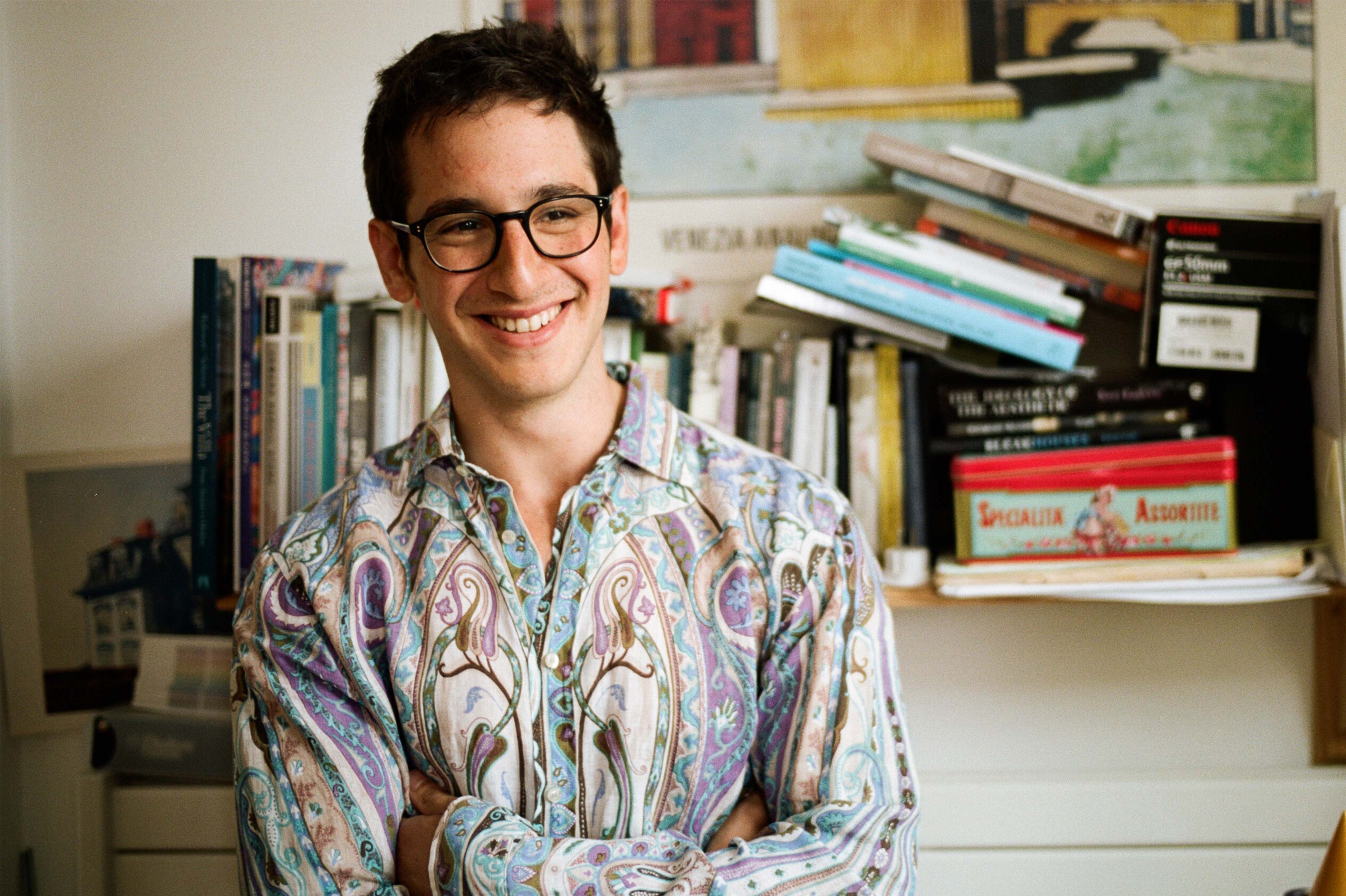
What is the role of design in our current world?
It has many, many roles, but for me, in my practice, it is to bring a sense of sensuality, joy and fun together with an admixture of critical reflection, and historical and cultural depth to people’s domestic interiors and quotidian environments.
When did you first get into 3D printing and what draws you to it?
I was introduced to 3d printing back in 2002 when I was studying in Charles Walkers’ unit at the Architectural Association. We were embedded in a research unit called the AGU (advanced geometry unit) at the engineering giant Arup, and they had rapid prototyping machines to quickly fabricate complex elements that they were developing, and amazingly (considering how expensive it was back then), they allowed us to use their machine to print our student ideas. I have been drawn to it mainly because of its accessibility. I am very much a designer, not a maker, and so 3d printing offers an amazing route to getting prototypes and ideas tested really quickly, and at very little cost.
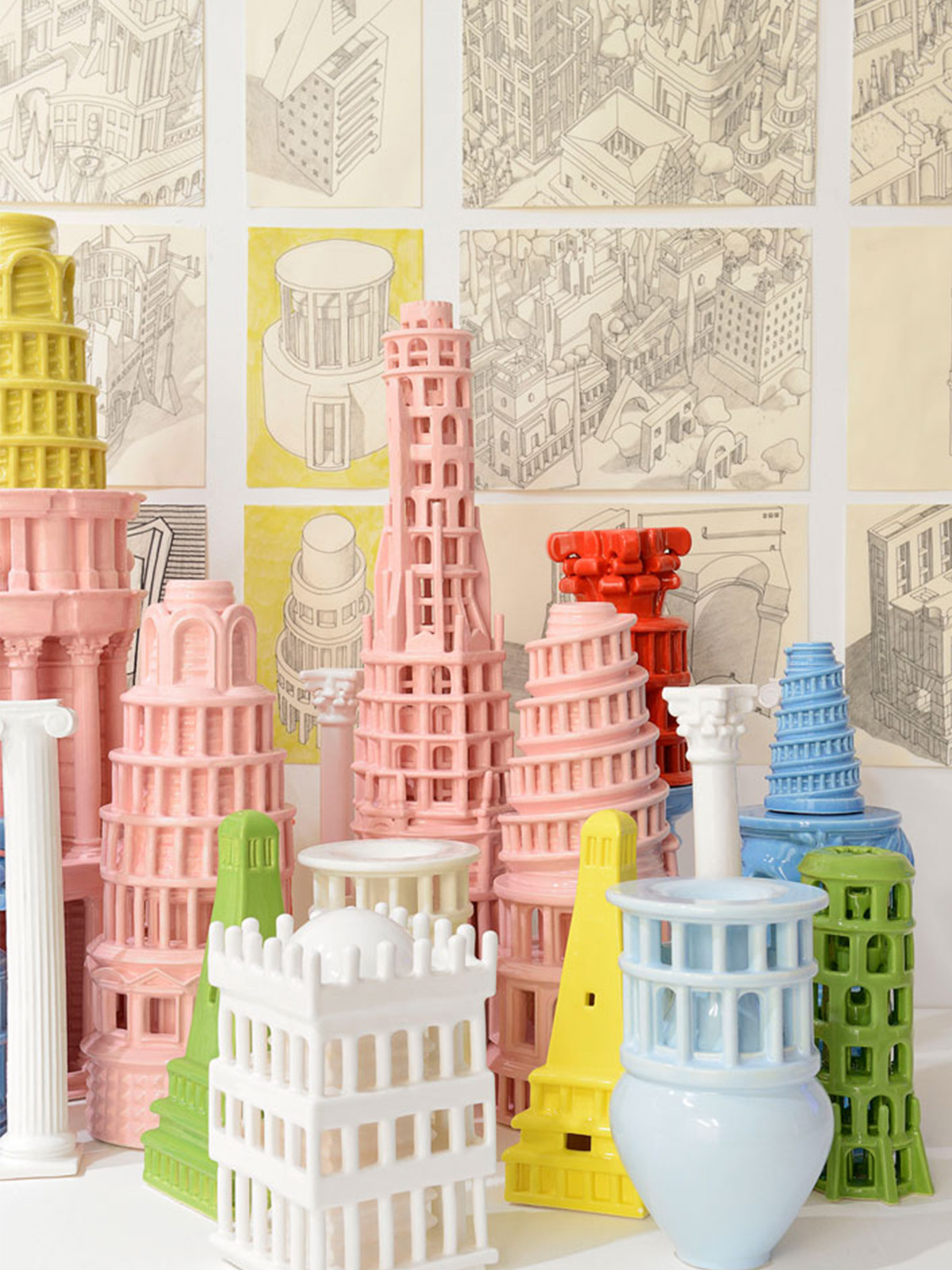
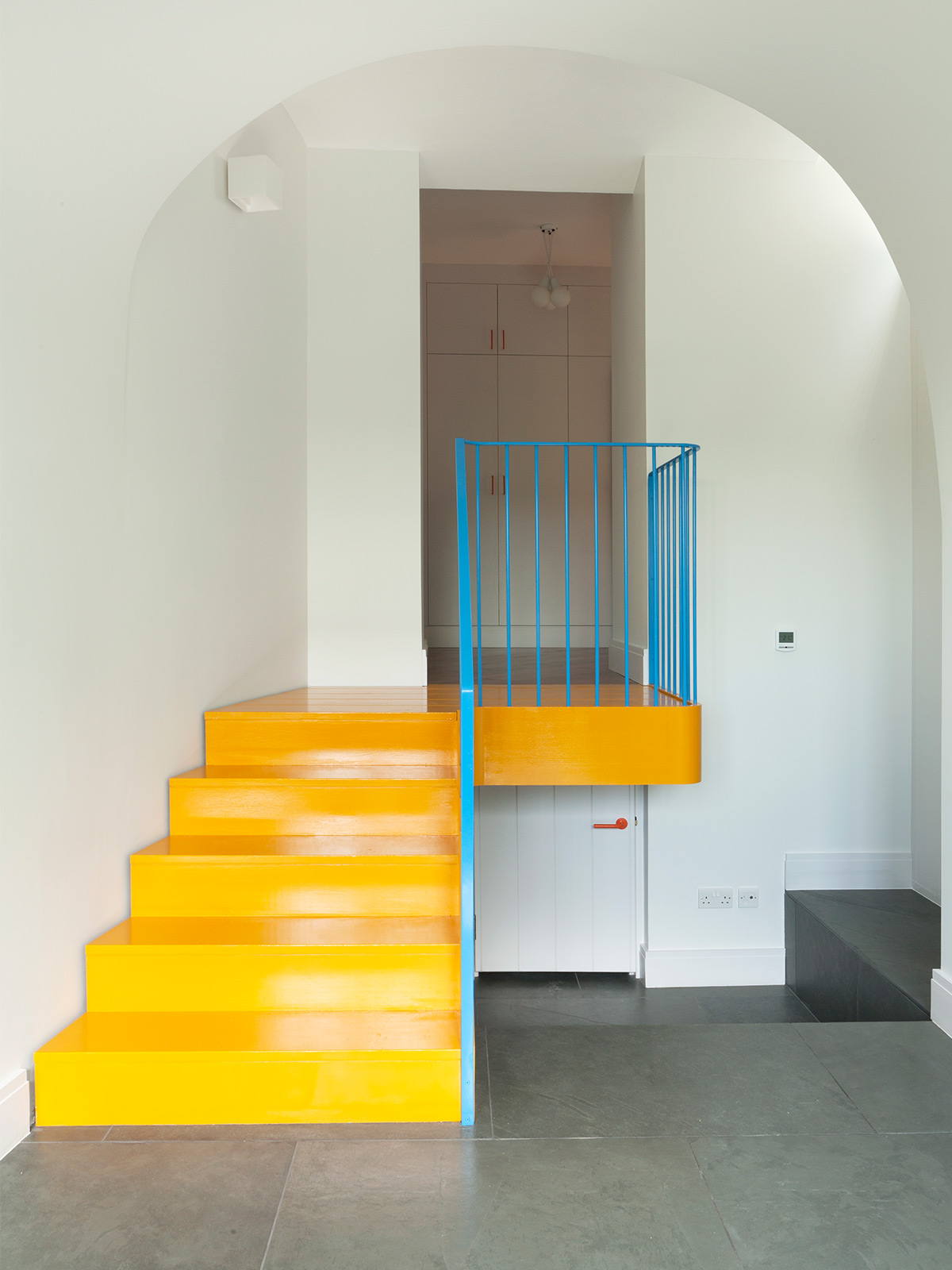
We first saw your work in 2013 with ‘Identity Parade’ on show at the Hospital club if I remember correctly. It was such a standout piece of work and so ahead of its time. Tell us about this.
That was an extremely fun, if psychologically crazy, project to produce. It was commissioned by the Design Museum, as I was one of their Designers In Residence 2013-14. They set a theme, which was “Identity”, and we had to respond with a design project. I have always been fascinated with how objects, and spaces are constructed by us, almost in an anthropological manner, instinctively, as external manifestations of our internal states, our identites. If you have every walked into the living room of an elderly person who has unfortunately just passed away, you will know how potently their personality is encapsulated and conveyed by the collected accoutrements, and manner of their display and organisation. Even if that person had no interest in design of objects at all, they instinctively orchestrate their living area and memories in a particular manner, with collected items that resonated with meaning for them. When a space is purposely constructed by a collector, or a designer, it can become distilled, can become an incredibly, powerfully communicative conveyor of identity and personality. As the tools and methods that were becoming available to young designers at that moment in 2013 was exploding, I wanted to explore precisely how those new tools and technologies might affect a designer’s ability to embody the fullness of his creative psyche through objects, almost in the way artists are able to because of the spontaneity of their mediums. I created a fictional character, and locked him in his flat for 3 months (this was actually me, which was why I mention that the project was slightly crazy to produce), with only three rules. He was only allowed to communicate with his friends and family through social media, he had to design one object a day, and he could only have these objects made by 3d printing services that he could send the digitial file to over email, and then would eliver the final printed object to his door, or make the objects himself inside the flat. This way I created a kind of mad “boilerhouse” in which all of his dramas, worries, passions, fears and obsessions, whether they would be facebook envy on one day, or instagram stalking his ex on another day, or an obsession with bad youtube videos of 3d reconstructions of ancient rome on another, all these stories inevitably became enmeshed with the objects that he was designing, and they became kind of vessels, carrying his emotional state at each given moment. In the end I killed him off with an overdose of caffeine pills, and his mad collection of objects was put on display in the museum as the production of an “exemplary 21st century young designer”. The objects were all put together, without each having their story explicitly stated, and the end result was like a hyper-version of the living rooms I mentioned earlier. His entire nervous, excited, social media obsessed, super-technological, lonely, hopeful, edgy personality, his whole identity, was laid out to express and speak for itself, through these objects, for all the thousands of visitors to see.


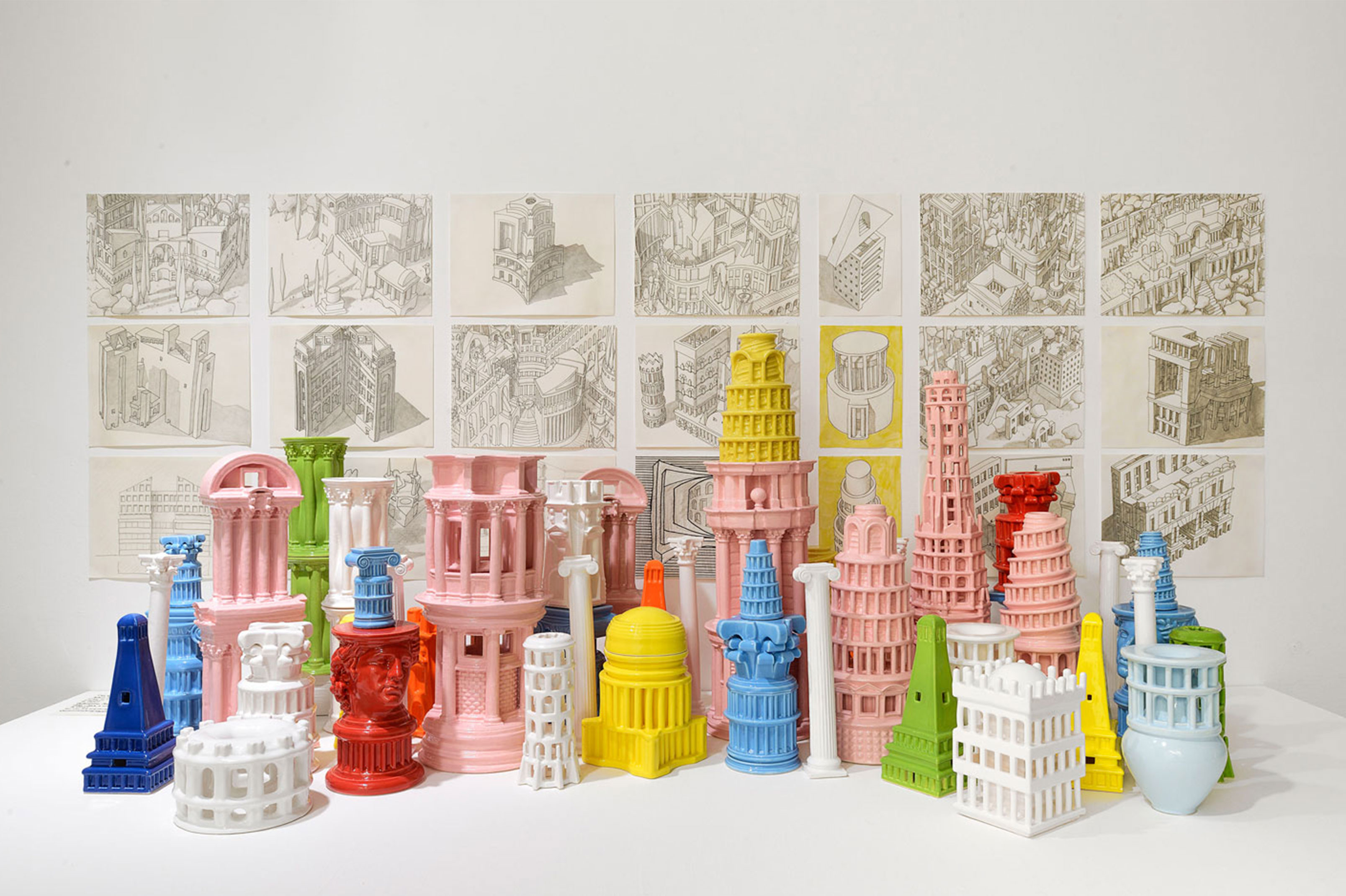
Tell us about the Roman Singularity, soon to be on show at the Soane Museum. What was the inspiration behind it?
I love Rome, I am obsessed with Rome. I can safely say getting a scholarship there in 2005 changed my life as an architect. For me it is the physical, ancient equivalent of the internet. There is so much stuff, from all eras of architectural and artistic history, scattered all over the place, in such wild abandon, and submerged within the pulsing life of a busy, wild city, that it collapses in on itself, and history ceases to matter, ceases to be a chronological thing. Instead, all architecture, all art is equal, it is comes into the present and becomes something to be experienced, something that one can allow to wash over you as you wander around. Like the internet it allows itself to be surfed, but similarly, at any one point or place, if you ask any questions, research a little bit, every single building throws up incredible amounts of stories, of history, just as every wikipedia page can send you deeper and deeper into incredible channels of information and knowledge. I won the UK Rome Prize for Architecture 2014-15, and while living at the British Academy there for 6 months, went on numerous long walks. On these I would discover specific stories, which I would research and elaborate, and then design little architectural scenarios for. I would also draw Capriccios, or intuitive imaginary compositions, that would compress all the things I had seen on the days walk into a small made-up world of specific shapes and forms. Later I brought each of these stories together with one of the Capriccios, and would turn their combination into a ceramic building that embodied them, a souvenir of my experience and research. All of these ceramic buildings came together in the end to create a Souvenir City In Ceramics, my gift to Rome, a physical manifestation of my six month Grand Tour around the city.
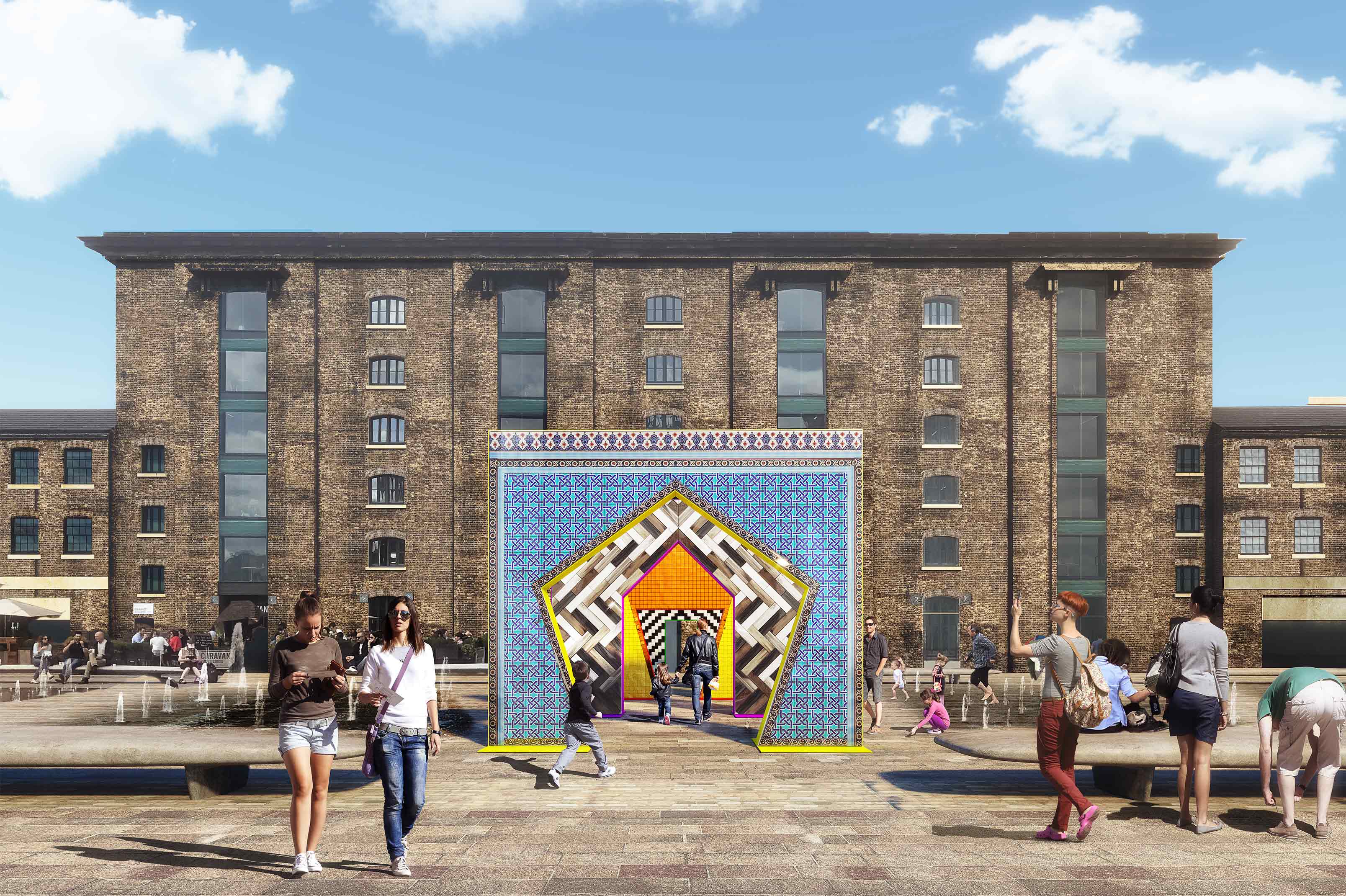
Three words that describe you.
Curious. Obsessive. Amazed.
Home or away?
Home
Classicism or Futurism?
Futurism, because it can contain the past and the classical within its strange complexity.
Art or Design?
Both
Favourite piece you’ve designed?
Angiolo side unit
Favourite piece you haven’t designed?
Piero Fornasetti’s Trumeaus (any of them!)
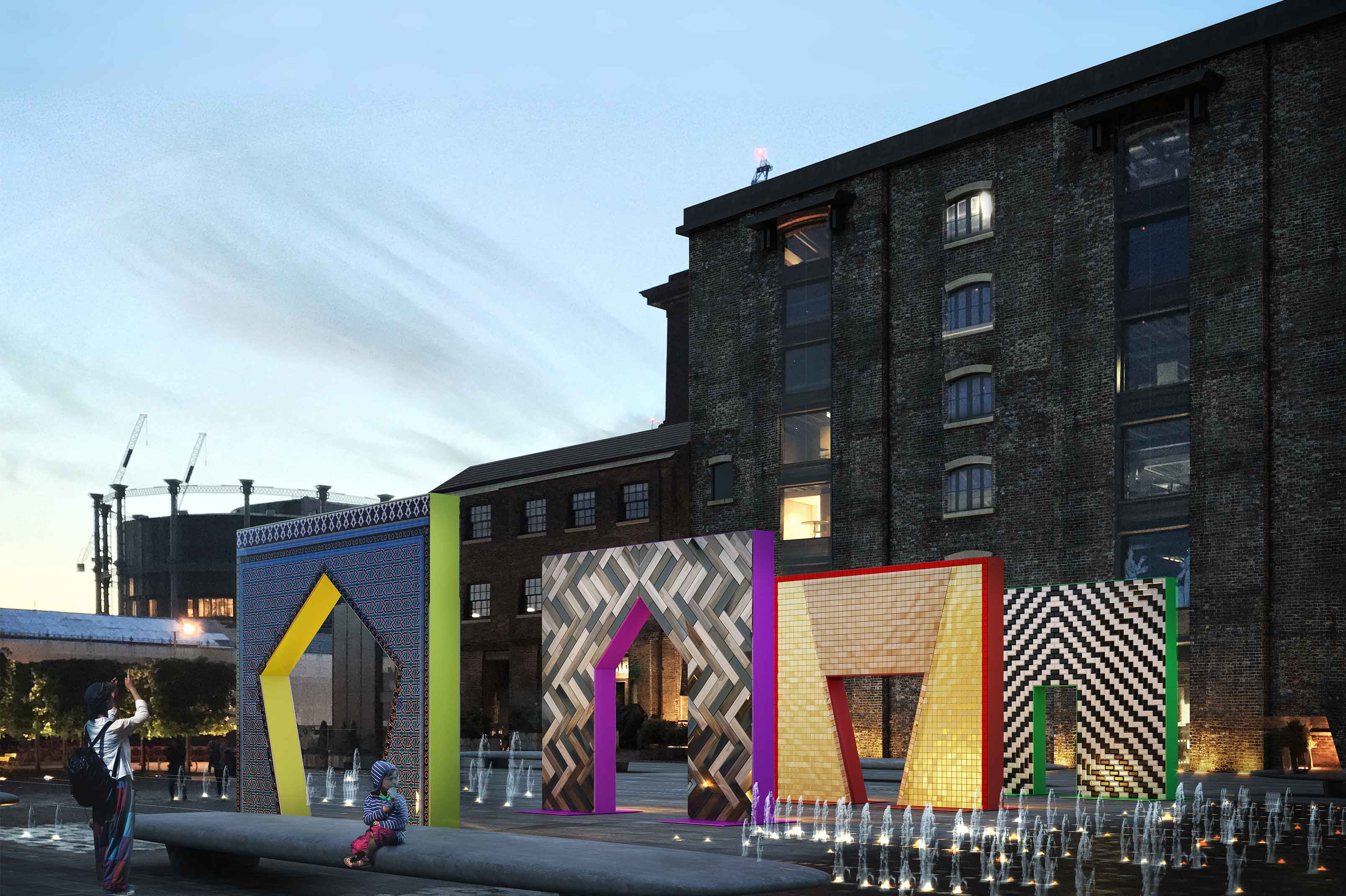
What’s next for Adam Nathaniel Furman?
I am very much enjoying teaching at Central St Martins, its such an incredibly great and supportive team. At the same time I am getting more job opportunities coming my way, so I am looking forward to managing my practice’s growth in a way that allows me to continue pursuing the mix of projects and activities that I love so much, from objects, to art, to teaching, to pavilions, interiors, architecture, journalism and research.
The Sir John Soane exhibition is a full showing for the first time in London of the Roman Singularity project in all its multi media forms. There will be the film, which is a kind of 9minute Vulcan mind meld of all the complexities of the project compressed into one visual and acoustic poem, a selection of the various drawings, and the whole City In Ceramics. There is also a new sculpture commissioned by the Sir John Soane Museum called “Pasteeshio”. Inspired by Sir John Soane’s incredibly creative use of classical forms and fragments, at various scales, combined together evocatively, it is probably the world’s largest glazed piece of 3d printed ceramic, and will have a room, and backdrop all of its own in the Museum.
During LDF I have the Soane Museum show, as well as the book launch of a publication for the RIBA that I co-wrote with Sir Terry Farrell called “Revisiting Postmodernism”, a big, lavishly illustrated journey through the architectural life history of international postmodernism, right from its initial flickerings in Italy and America of the 1950s, through to its fully-blown grandeur in Disneyland Florida, and booming Japan of the 1980s.
I also have a large scale installation at Design Junction called “Gateways” for Turkish Ceramics. It consists of four large gates that celebrate the incredible range of ceramic production that comes out of Turkey nowadays, from handmade Iznik tiles, to industrially produced coloured tiles for pool interiors, as well as celebrating the amazing history of ceramics as a monumental material that brought to life the grandest of buildings, from the Ishtar Gate in Babylon, through to Isfahan, the mosques and palaces of Istanbul, right the way through to our wonderful Victorian Tube stations right here in London.



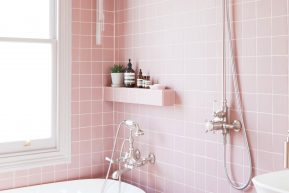
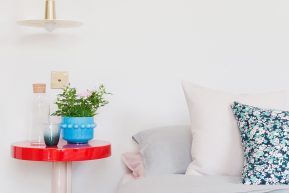
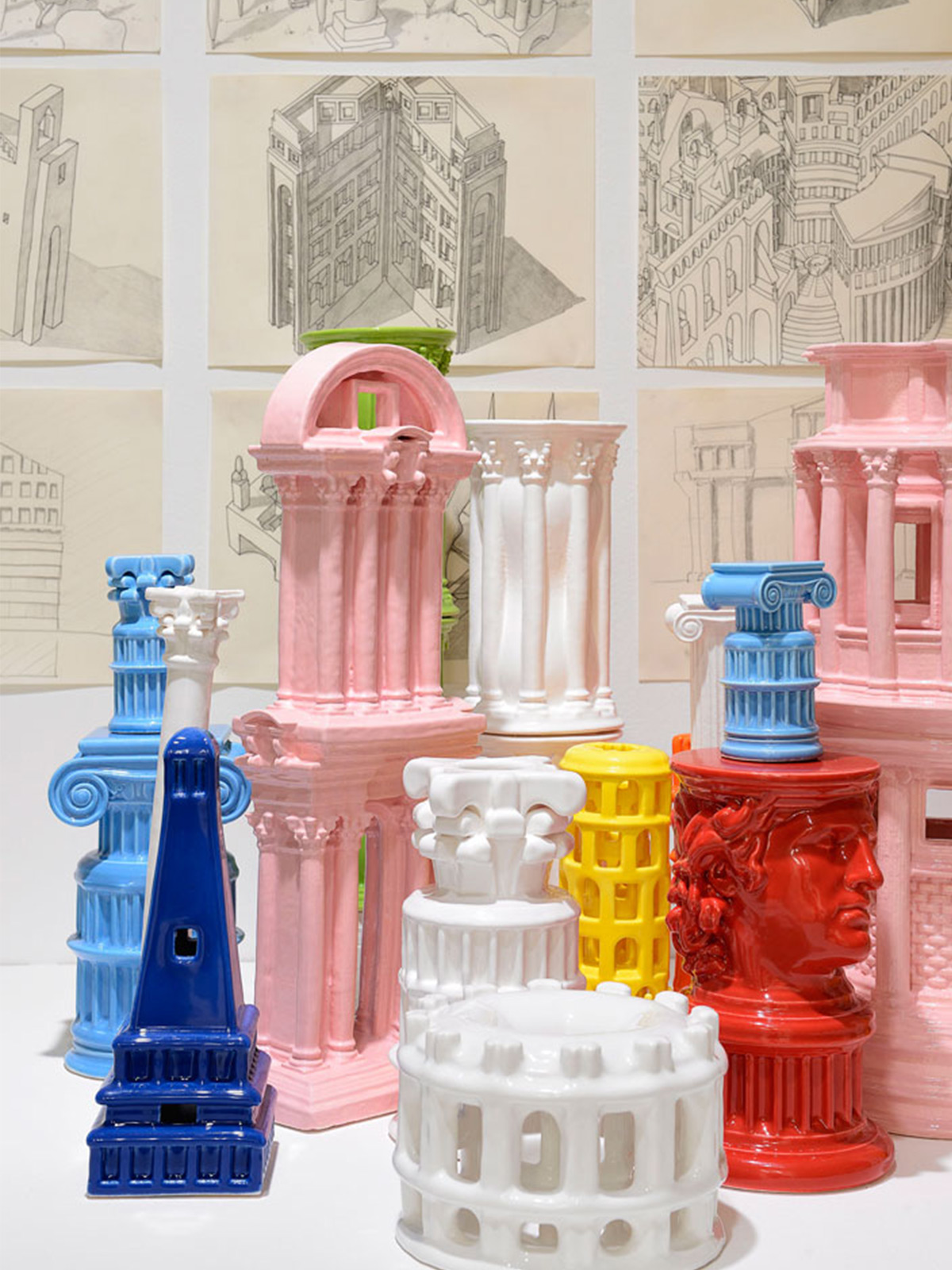



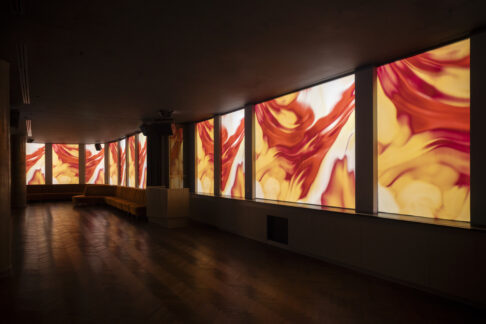 Spectrum
Spectrum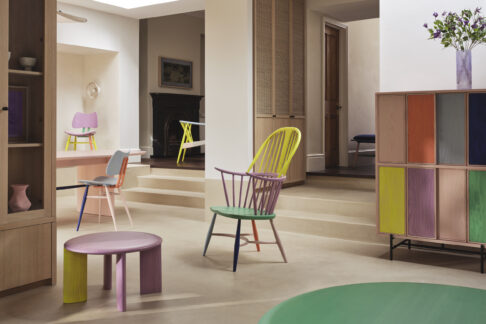 L.Ercolani x 2LG Studio
L.Ercolani x 2LG Studio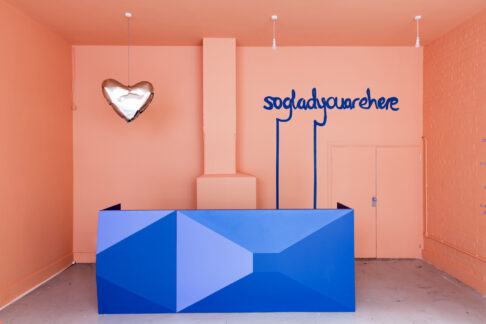 Holding space for creativity in challenging times
Holding space for creativity in challenging times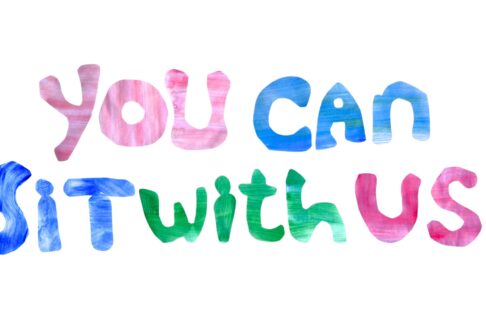 You Can Sit With Us – London Design Fair 2023
You Can Sit With Us – London Design Fair 2023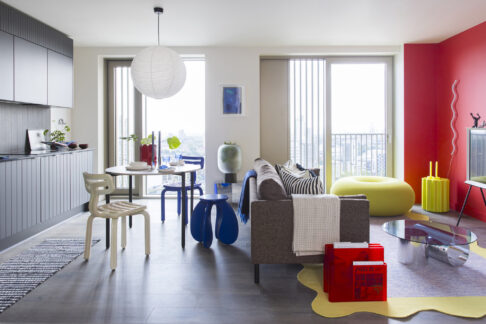 Xavier Building
Xavier Building